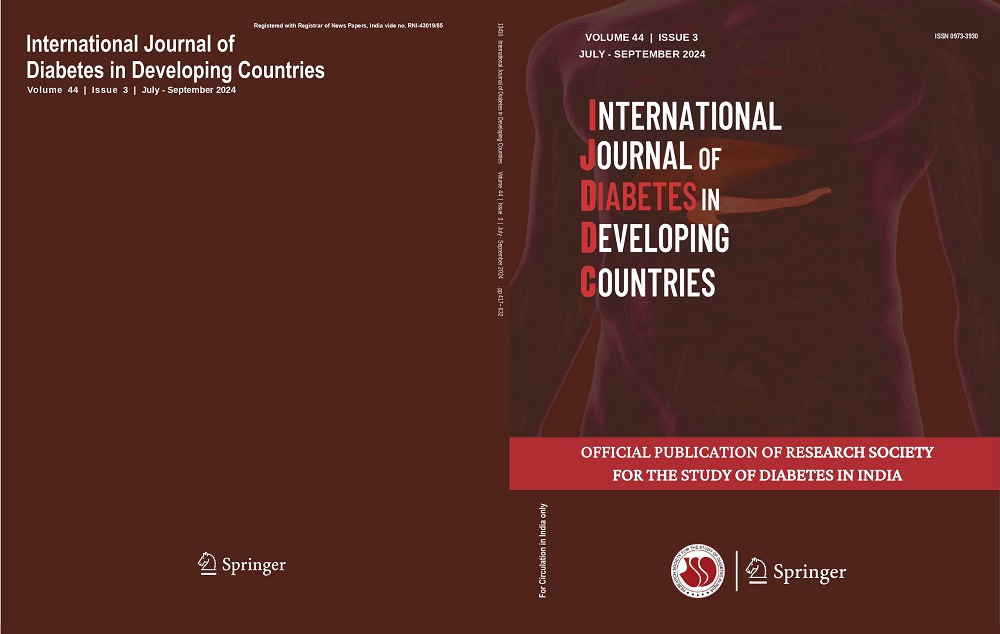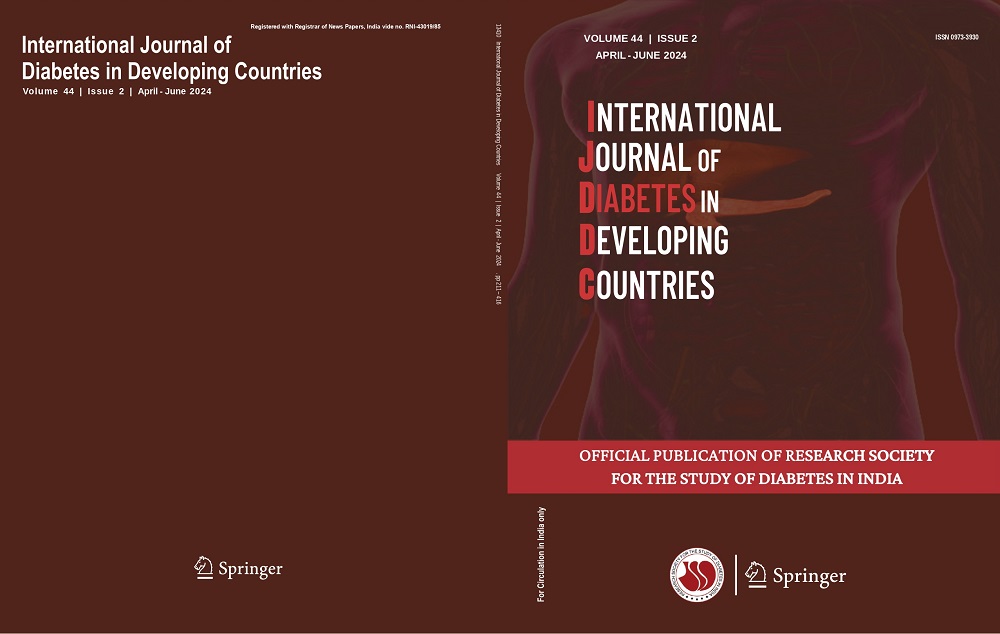Siqian Gong, Xueyao Han, Linong Ji
Keywords
Diabetes • Insulin gene • INS • MODY10
Abstract
Insulin gene (INS) mutations are associated with a rare form of maturity-onset diabetes of the young (MODY). Here, we describe a proband with early-onset diabetes resulting from a heterozygous mutation in the promoter region of INS and summarize the clinical features of INS mutations caused by MODY (INS-MODY) reported in previous studies. The proband presented with proteinuria, mild hyperglycemia, and hypertension at the age of 39 years old; he was negative for the glutamic acid decarboxylase (GAD) antibody and had a family history of diabetes, including his father and aunt. The proband underwent whole exome sequencing, and the mutation in the proband and his father was verified by Sanger sequencing. A literature review was performed to examine all reported cases of INS-MODY to evaluate the clinical characteristics of the probands. A heterozygous INS mutation (c.-332C > G) was detected in the proband and his father, and their phenotypes had unique characteristics. Previous reports have described a total of 26 probands with 16 pathogenic mutations of the INS gene, with clinical features that exhibit great inter- and intrafamilial variability, and onset ages ranging from 2 years, 10 months to 62 years; 88% of patients were diagnosed before 40 years of age. Heterozygous mutations in the promoter region affecting the transcriptional activity of the INS gene may increase the risk of early-onset diabetes in adults, with patients presenting phenotypes that are very similar to type 2 diabetes, and genetic testing is needed to identify these individuals.




